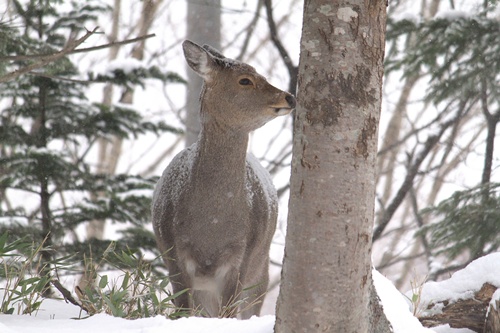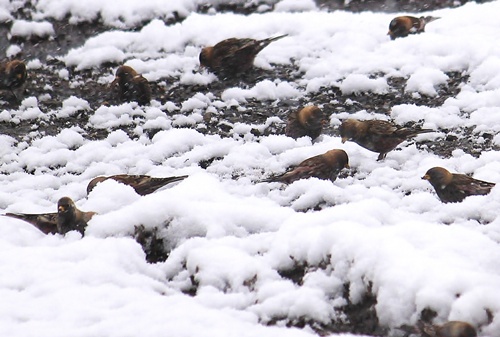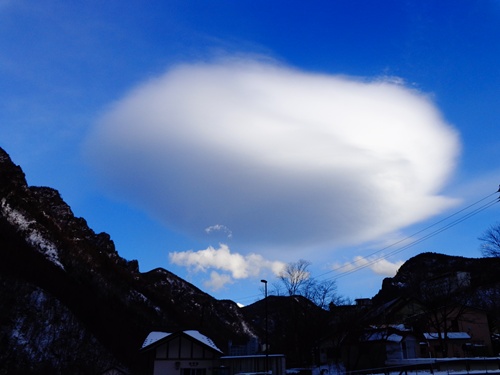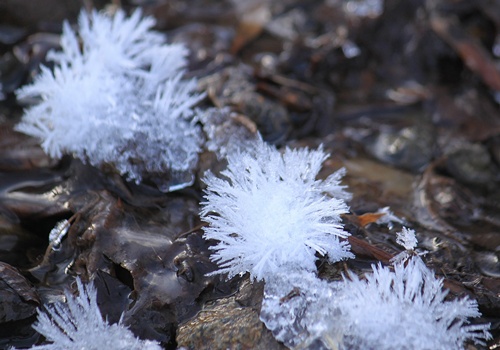Although Sounkyo has had little snow so far this year, the last two days have brought a total of almost 60 cm.
Even so, there still isn’t enough snow to use snowshoes. The snowshoes get snagged on bamboo grass and make it difficult to walk smoothly.
It looks like the snow will let up. Although too much snow would be a bother, it would be nice to get just a little more.
Photo: Cervus nippon yesoensis is also covered with snow. Dec. 14
Even so, there still isn’t enough snow to use snowshoes. The snowshoes get snagged on bamboo grass and make it difficult to walk smoothly.
It looks like the snow will let up. Although too much snow would be a bother, it would be nice to get just a little more.
Photo: Cervus nippon yesoensis is also covered with snow. Dec. 14




